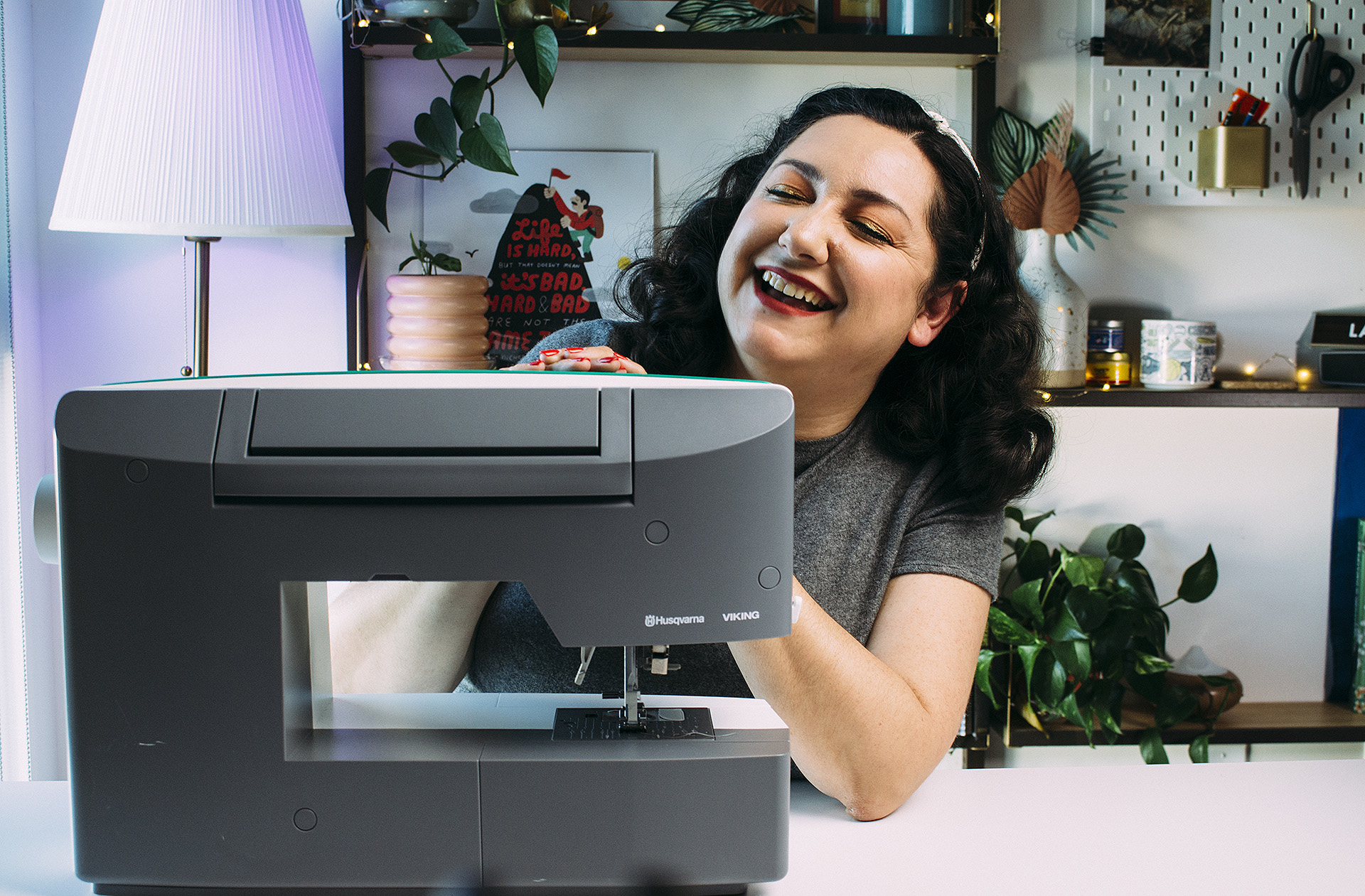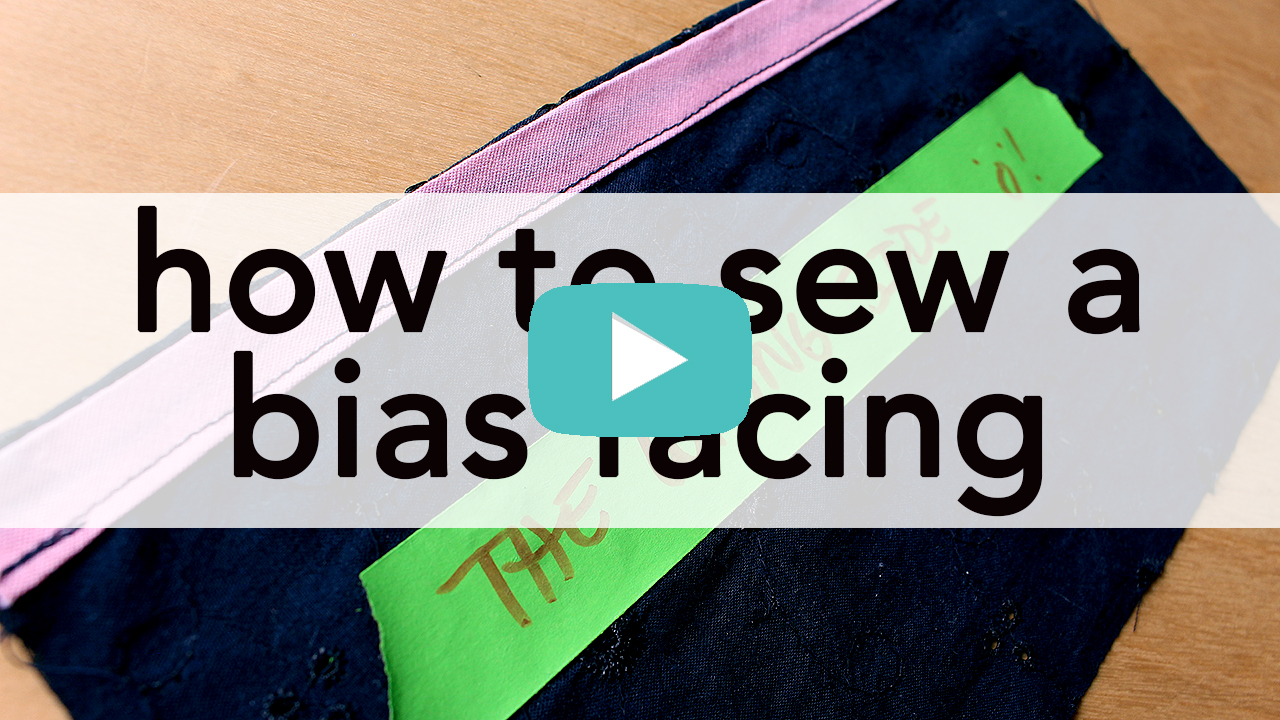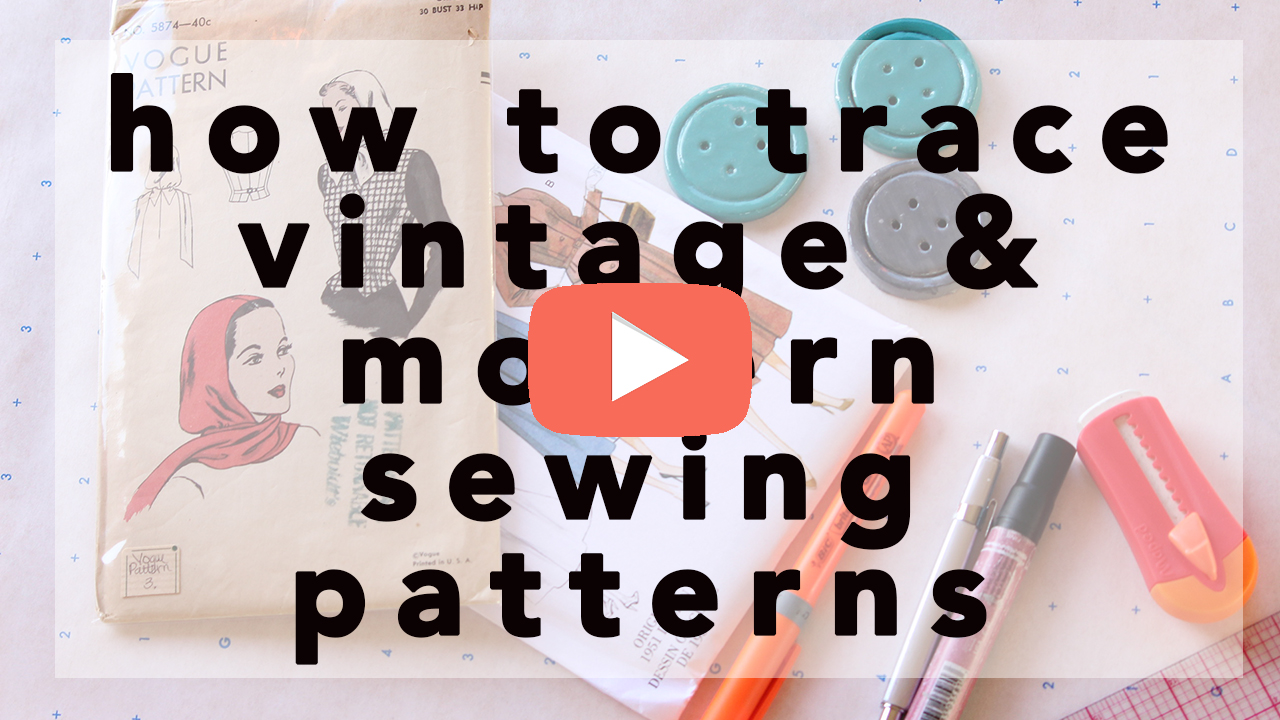This post breaks down the critical sewing first steps you don’t want to miss when you’re starting a new project.
I break down my learnings from 20 years sewing experience, trial and error, and tips I’ve picked up in fashion school and along the way.
It is very important to have a strong start to your project from the moment you pick out your sewing pattern.
Taking time from the very beginning to set up for success goes a long way at making your projects easy to approach.
Sewing First Steps: Pattern Foundations [Timestamp 00:36]
Ask yourself: is this the right pattern for you?
While there are so many beautiful sewing patterns in the world, taking the time to determine if you’re using the right pattern for your sewing skill level is critical. Some patterns may be too complicated, too intricate, or use techniques you’ve never tried before. This may extend out to using fabric and materials you’ve never worked with before, too.
Use two tools to deep dive into it: a sewing notebook and the internet, which support your sewing detective work, to learn your project.
Google the pattern you’re about to make. When doing so, don’t just admire the pretty photos or videos (though those help!) Instead, look for and critically observe other people’s projects, noting other sewist’s comments on complicated aspects of the design, instructions, or even corrections and work arounds. Take copious notes you can refer to over the course of the project.
It’s critical to parse through what was difficult or easy for the person who made it, learning from their experience before you even start.

For example, when I made a bomber jacket, reviews kept stating that the sleeves were cropped, time and time again. I ignored that advice and… their notes proved 100% correct: the sleeves were too short! Had I actually taken my own advice, I could have lengthened them by the recommended couple inches and had a better jacket.
Once you feel confident that you know where the pitfalls are, you can move onto your sewing mise en place.

Sewing First Steps: Your Sewing mise en place [Timestamp 02:34]
Mise en place is French for Everything in Place, taken from the cooking world.
Most people generally understand the importance of getting the sewing space in order, but problems pop up when you’re on a time crunch. Specifically, finding out at the last minute that you’re out of thread and the fabric store closed an hour ago.
Yes, it has happened to me. Plenty of times.
Mise en place is more than just all the materials being ready to go- though that’s part of it. It also includes taking inventory of how many items the pattern calls for, what specifically you need (not guessing), and evaluating how long it might take to restock a missing item so you’re not scrambling.
For example, this includes making sure your fabric and your pattern pieces are all accounted for.
Don’t skip this step.
It’s easy to skip this step and a lot of people do. This is the difference between your first project and your five thousandth. People who do this professionally do not skip this critical first step: it’s where a lot of unnecessary annoyances and time wasters come, in trying to locate or source a material, or because it’s gone missing in the sewing space, or was accidentally thrown out.

Sewing First Steps: Setting up your equipment [Timestamp 04:36]
Most sewing tutorials jump straight into the sewing machine, but it’s important to pause and check out our iron.
Using a scrap of fashion fabric, adjust your iron’s settings for steam and temperature, validating that they’re correct and won’t damage your raw materials.
This is actually something I do before setting up the sewing machine: scorched fabric is easy to spot a mile away, no matter the stitch length or thread tension the garment was sewn with. Take your time here.
This is also a good time to clean the iron plate for cleanliness.
Now when it comes to the sewing machine, every machine is different. If you’re brand new to your machine, download the sewing machine manual PDF to your phone for reference during this process.
Common settings to check:
- Needle size for your fabric
- Stitch length
- Thread tension
- Presser foot

Spend time thinking of all the pattern-specific details you’ll be sewing, like a buttonhole or sewing over interfacing- and test those details out as well. Write this information down to reference over time.
If you haven’t made a muslin yet, this is the time to make that as well. Check out my tutorials for more details on how to approach your muslins!
Once your muslin fit is right and you’ve done the recommended steps, you’re ready to put the pedal to the metal and start sewing!
Hope these details help you on your sewing journey! Let me know down below if you follow these steps or others before you start your project.
Like what you see?








